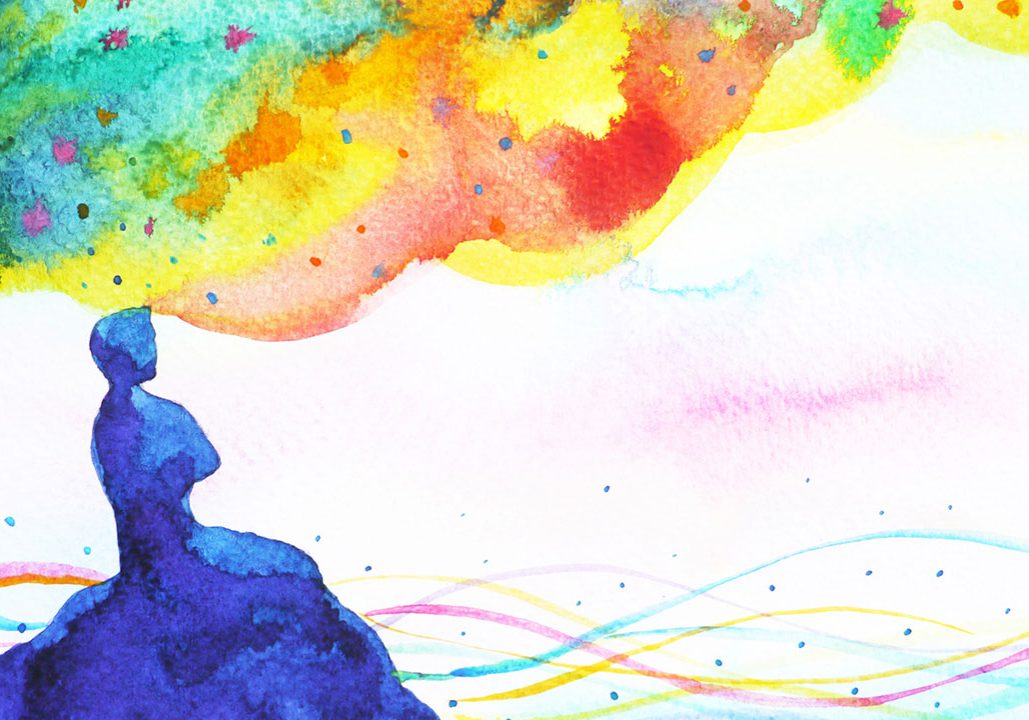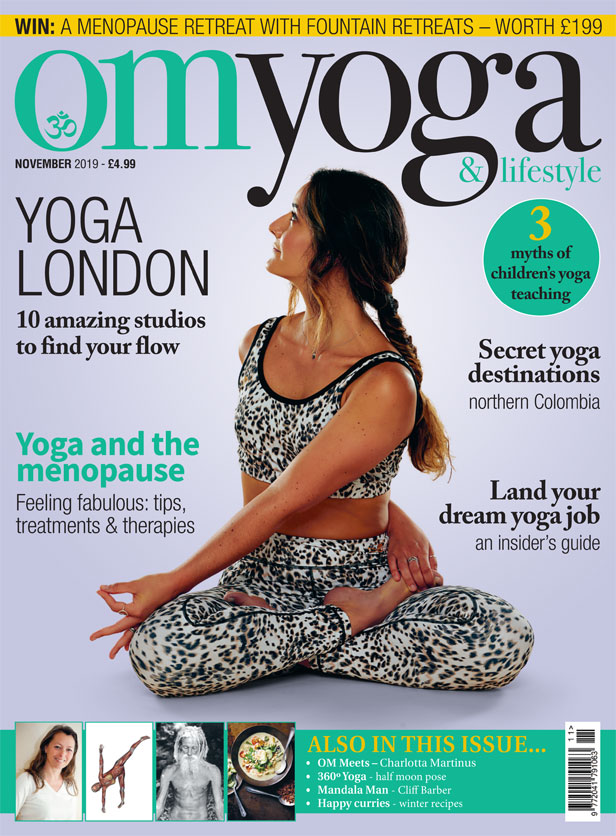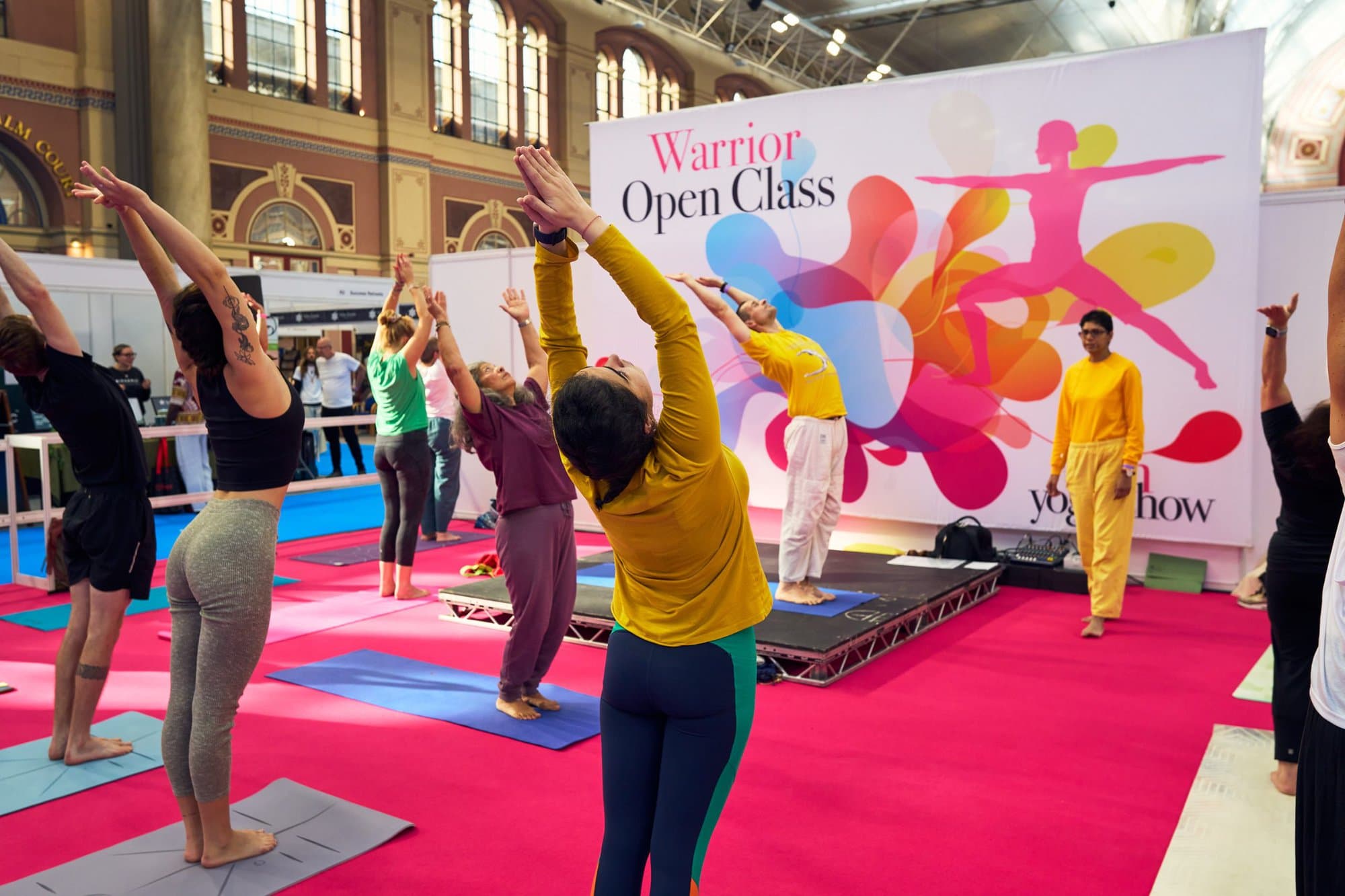
5 gems of mindfulness inspiration
Mindfulness can be great to help us navigate life with more ease and find more purpose. Here are some nuggets of wisdom on doing just that from mindfulness expert Neil Seligman
You know how someone who is into yoga is a yogi? Well I was trying to think of what to call someone who is into mindfulness? Would they be a mindi? Or what about a nessi, medi or mindo? As you can imagine, I’m not really delighted with my brainstorm – but there must be a nascent word out there, surely? Perhaps it is already bursting forth from the creative ethers beneath Silicon Valley - preparing to launch itself into the field of conscious awareness where it will begin to take up space in taglines and product ranges… Anyway – if you’ve got any good ideas – I’d love to hear them! Back to business – here are five of the best gems of advice I’ve ever heard on the subject of mindfulness and living mindfully:
1. Get to know your interiority
Interiority is a funny word, but it is a useful one. Most of us have spent so much time working out how to operate in our external reality (since birth) that we forget that our primary environment is the complex intimate space that looms into view when we close our eyes. We also forget that this primary environment is no less primary when our eyes are open. In fact, everything that you experience gets processed through your body and mind, is felt as emotions, decoded or recoded in thoughts, and is noted by your physiology as felt sensations. Mindfulness offers a map when it comes to navigating these wilds. Stay curious – the onion of your inner world has many layers.
2. Meditate to get good at life
Mindfulness is one of those pesky skills that sort of looks like nothing and then turns out to be a minefield of everything. It also sounds floaty and inspiring in those inspirational quotes, but suddenly becomes all gnarly and complicated when it comes time to actually sit. I think it’s worth remembering that when we meditate we aren’t actually doing it to get good at meditation. It’s not a competitive sport after all, it doesn’t make for good spectating, and you’ll often be doing it alone or when nobody is looking. So, the real reason to meditate is not to get good at meditation but to get good at life.
3. It’s okay to want something from your practice
The Buddhists (whose tradition holds the roots of modern mindfulness) are not big fans on goal setting. When it comes to meditation, they will stretch to a lightly held background intention (for example to live in the spirit of the unending meditation) but they will dissuade students from striving towards any particular goal.
Yet modern mindfulness is secular, and many of its practitioners are modern folk who have been brought up on a diet of goal setting, ambition, and drive. Little wonder that teachers and students alike tend to bring their hopes and dreams to the cushion. Perhaps you’d like to be less stressed, happier, calmer, or more resilient – you might want to improve your sporting prowess, your communication skills, or confidence. No problem. As long as you can be open minded enough to get to your goal in a non-linear fashion, by letting go, rather than striving – you’ll be fine.
4. use rituals but hold them lightly
When it comes to your at-home morning or evening sitting practice, adding in an element of ritual will absolutely help you embed your routine. The word ritual might conjure scenes of religion, incense, or saffron robes, but it can mean any repeated actions done with meaning. No doubt you already have a few rituals in your life – perhaps that first cup of coffee in the morning, that long bubble bath at the end of a rough week, or stealing from the hidden chocolate bar secreted in the back of the fridge?
Having a few special objects that surround and support your mindfulness practice works well. My ritual involves setting up my meditation cushion and mat, sitting down gently, pulling a soft blanket over my legs and then setting my kitchen timer for practice. Interacting with these objects which have been collected with care over time, and repeating the same actions each morning, helps me enter my practice. In fact, as soon as the ritual begins, the practice is already underway.
5. Mindfulness brings on the mind in the right way
Mindfulness (like yoga) is a practice of embodiment which is the skill of inviting awareness into the body, so that we might be in touch with its data and respond better to our environment. When we are embodied we have a better chance of acting resourcefully when faced with surprises, upsets, and uncertainty. Besides helping us become more embodied, mindfulness is also a compassion practice. It allows us to bring compassionate awareness to our challenges and connects us with our wisdom. So, to bring the mind on in the right way: start with awareness in the body (embodiment), then the heart (compassion) and finally the mind (intelligence). Notice what happens when you do.





